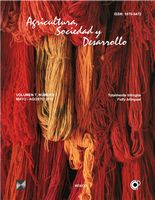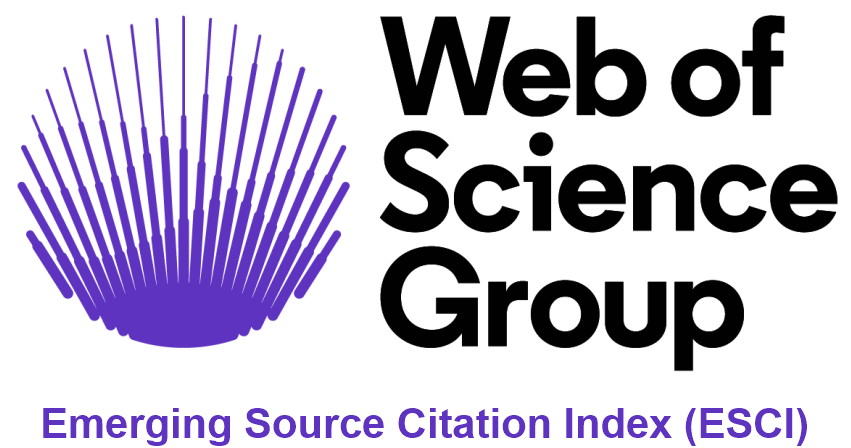Regional development policy financial instruments in México
Abstract
México presents regional disparities in social and economic
aspects. For that reason, the Mexican government generated
diverse financial instruments to provide greater physical
and institutional infrastructure, and to develop a productive
environment in the regions. With these initiatives, positive
impacts could be expected in levels of income and access to
educational, health and housing services, as well as a greater
participation of the population in the political and social life of
these regions. Even when these efforts are being carried out, we
observe a sector of the population with social gaps and High and
Very High levels of marginalization. In this study, we analyze:
1) the planning model on which regional Mexican policies are
based; 2) the financial instruments generated in the context of
this model and, 3) their impacts in different areas related to
regional convergence. Results indicate that the planning model
as policy analysis, from which regional policy and financial
instruments are generated, make up the factors that reveal the
permanence of territorial imbalances in México.
Downloads
Published
How to Cite
Issue
Section
License
Authors who publish in this journal accept the following conditions:
- The authors retain the copyright and transfer to the magazine the right of the first publication, with the work registered with the Creative Commons attribution license, which allows third parties to use what is published as long as they mention the authorship of the work and the first publication in this magazine.
- Authors may make other independent and additional contractual arrangements for non-exclusive distribution of the version of the article published in this journal (e.g., including it in an institutional repository or publishing it in a book) as long as they clearly indicate that the work It was first published in this magazine.
- Authors are permitted and encouraged to publish their work on the Internet (for example on institutional or personal pages) before and during the review and publication process, as it can lead to productive exchanges and greater and faster dissemination of the work. published (see The Effect of Open Access).













